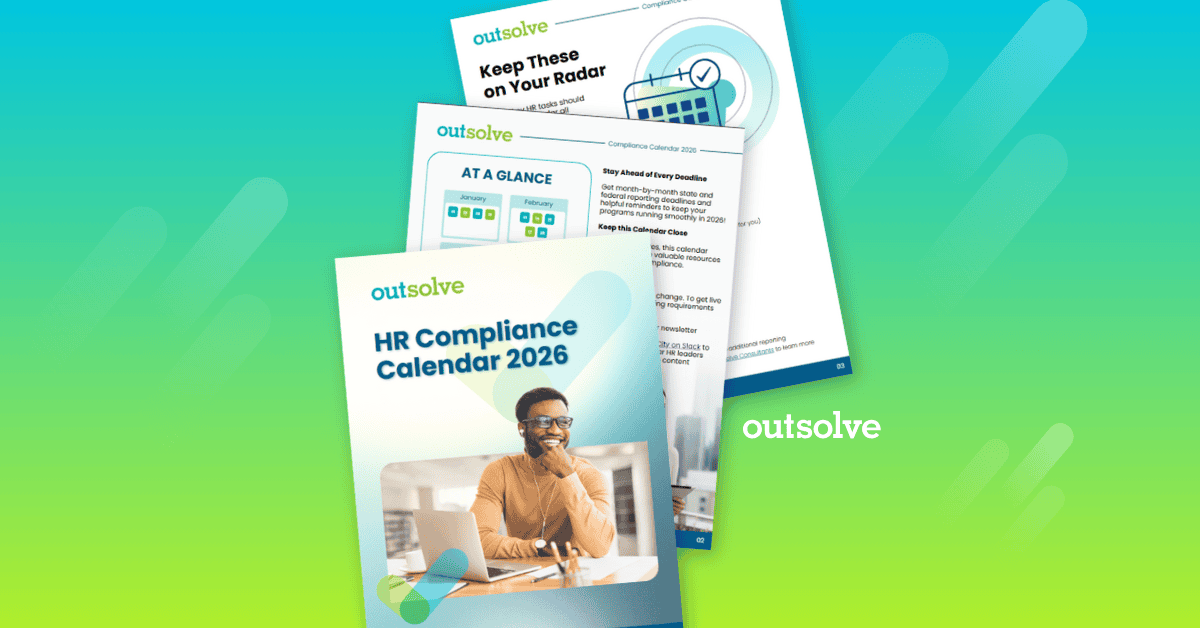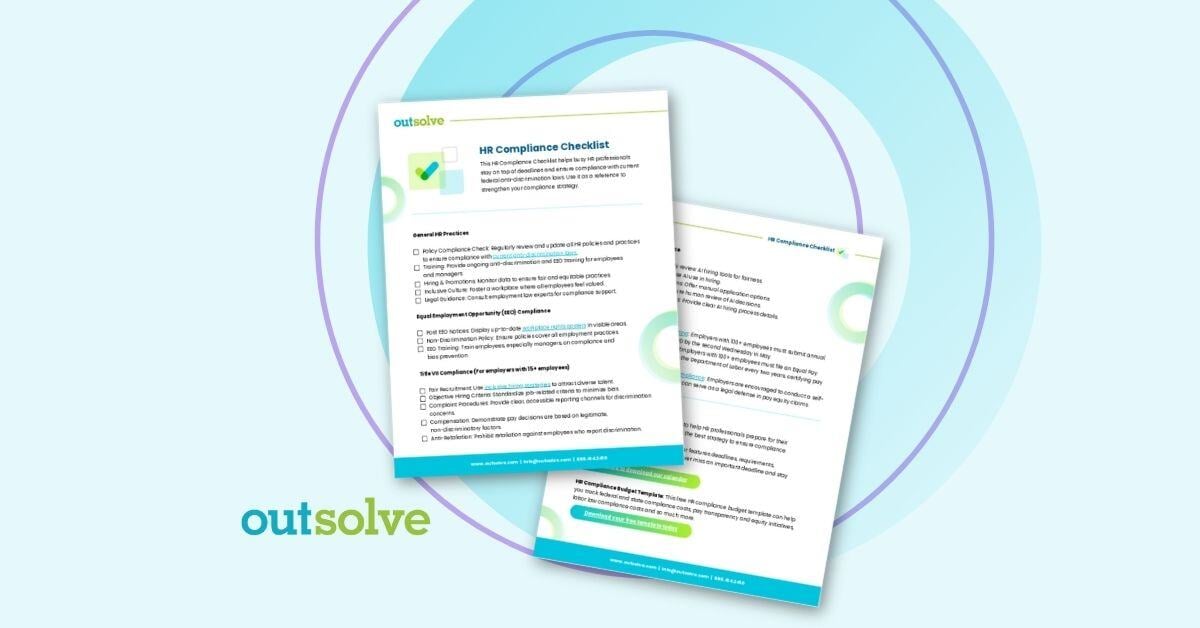As I’m sure you all know, February is Black History Month. Many celebrations are usually held during the month. This year, the events will be primarily virtual. I used to love going to the event that the Intergovernmental Black History Committee used to hold for Federal, state and local governmental agencies. The general public could attend, but government employees were the primary participants. The committee provided a day of workshops as well as a keynote speaker at the luncheon.
I learned a lot about Black history by attending these events through the years. One of Kentucky’s former state Senators marched with Dr. King and told us stories about his life and his thoughts about what was going on at that time. Some of the Tuskegee Airmen spoke with us about their experiences. By having speakers like these, they brought history to life.
I would encourage you to have an event for Black History Month for your employees. Even if the event is virtual, it can be both fun and educational. Let’s all take some time this month to learn about some of the achievements of those Black pioneers who have preceded us.
Race discrimination is illegal under Title VII of the Civil Rights Act of 1964, as amended. The races as defined by the Office of Management and Budget (OMB) are:
Black or African American
White or Caucasian
Asian
Native American or Alaskan Native
Native Hawaiian or other Pacific Islander
Race discrimination may be subtler than it used to be, but it is still alive and well. The use of certain objectionable words in the workplace happens. Although some employees may not be offended by the language, others may be. And remember, under the hostile work environment theory of harassment, the person affected by the conduct does not have to be a member of that particular protected class about whom the words refer. The conduct must affect the employee’s ability to perform their job duties and must be severe or pervasive.
Employers must be ever vigilant to make sure that inappropriate conduct is not present in the workplace. Inappropriate conduct may morph into harassment if it is not checked. Supervisors and managers must be trained to recognize behavior that may lead to allegations of harassment. Supervisors and managers are the eyes and ears of the company and need to stop inappropriate workplace conduct, even if the conduct is not from one of their employees.
It is often difficult to determine someone’s race by looking at them. Also, discrimination can occur because of one’s association with someone of a different race. Offhand comments made by one employee about someone of a different race may be offensive to another employee based on their associations.
As you can see, discrimination can occur in a variety of ways. If you have questions about race discrimination and/or harassment, feel free to reach out to me at eeoadvantage@gmail.com or (502) 553-7648.
President at EEO Advantage, LLC
Weekly OutLook
Featured Posts

New Year, New Deadlines: 2026 HR Compliance Calendar

outRageous HR: Plan Now or Pay Later
Related Posts

What Employers Need to Know About the Delaware Pay Transparency Law
Here's What You'll Learn

What is an Immigration Enforcement Raid?
Here's What You'll Learn

Refreshing Your I-9 Tools and Process to Stay Compliant
Form I-9 is a federal requirement that carries real consequences if handled improperly. With increased scrutiny on immigration by the current...
 Toni Ahl
Toni Ahl
.png)
